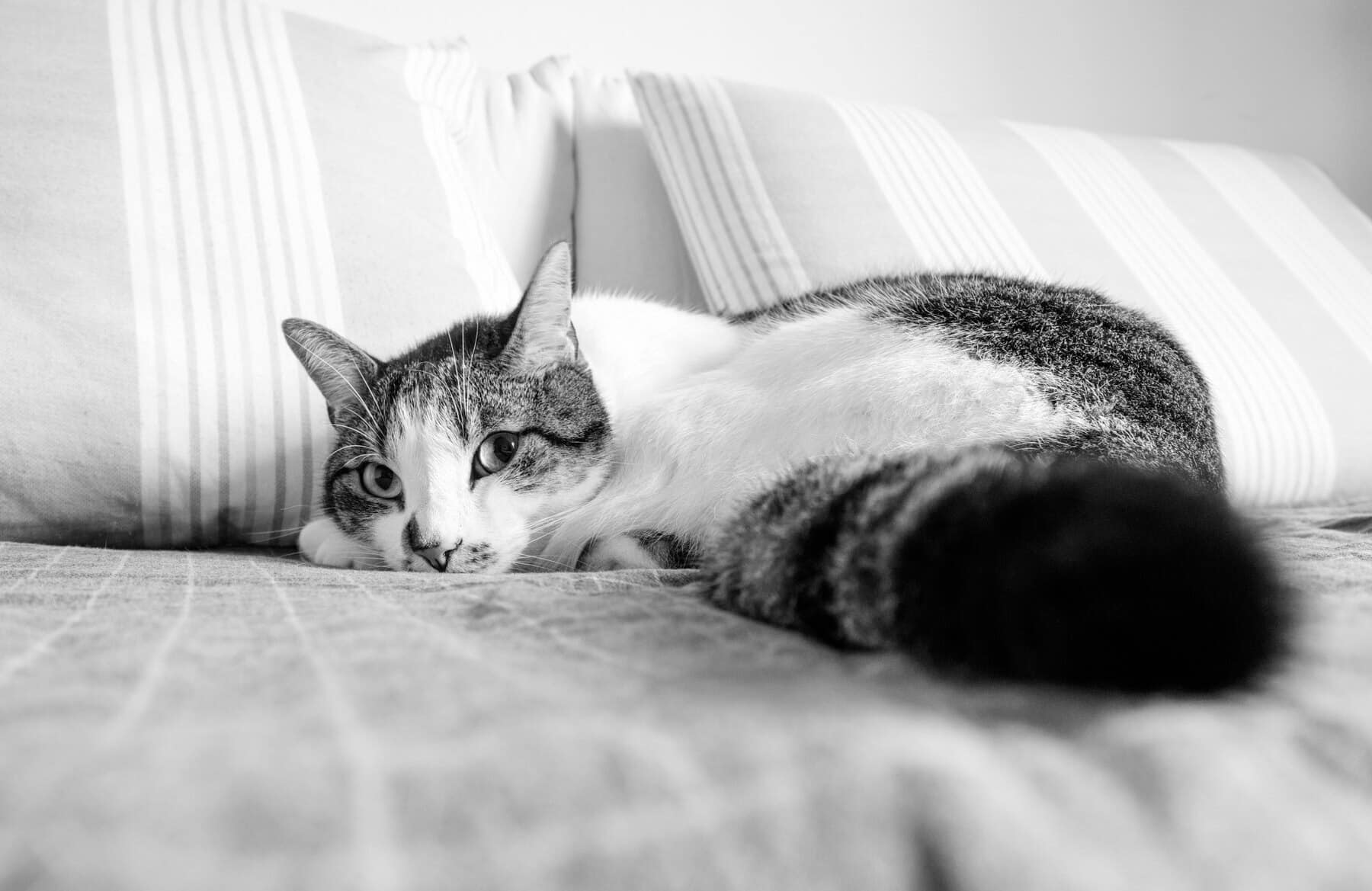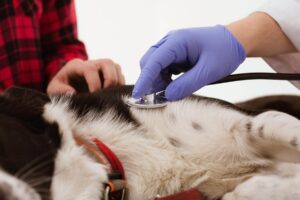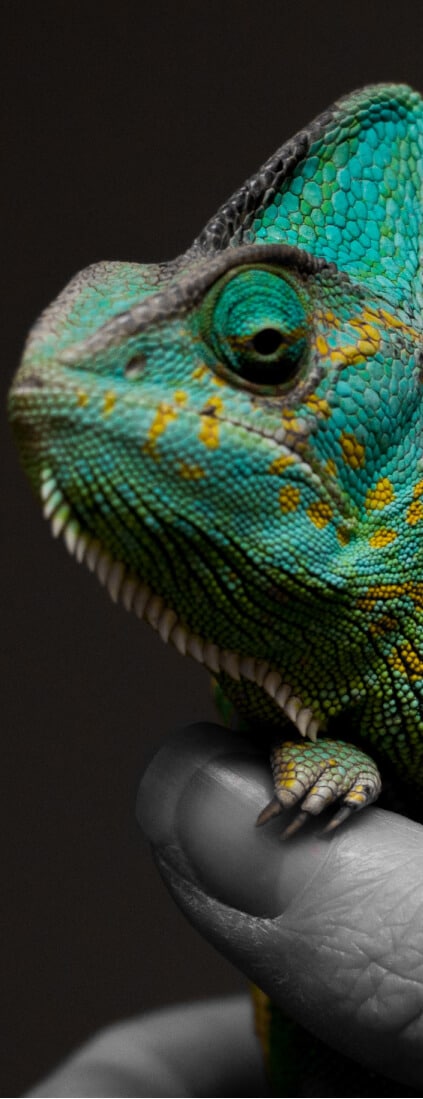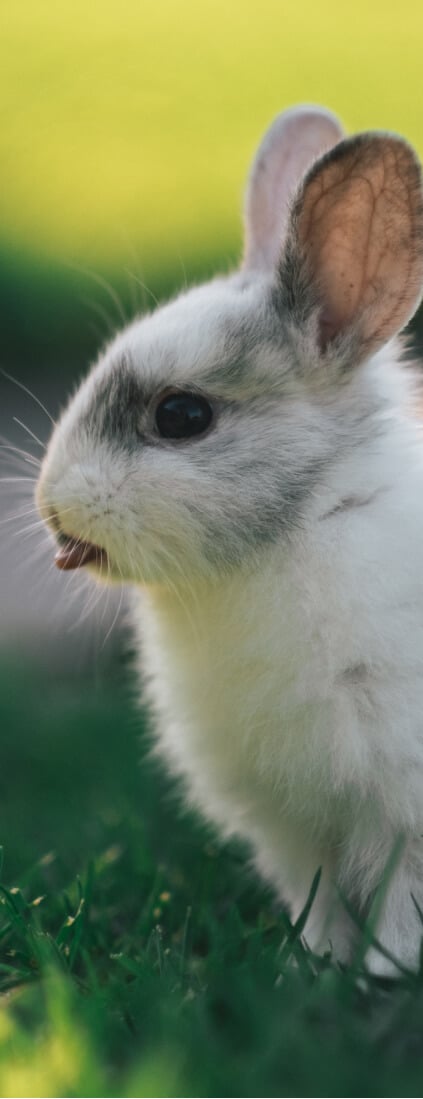At Compassionate Care, we’ve been supporting families with end-of-life care since 2009, helping thousands of pets pass peacefully. Through this experience, we’ve seen the patterns of cat health decline and the key indicators that help guide families through these difficult decisions.
Aging and illness can bring difficult moments to any pet owner, and few decisions are as heart-wrenching as needing to euthanize a beloved cat. It’s a thought many avoid, but understanding when your cat’s suffering outweighs their comfort is key to offering them the best possible care in their final days.
Read on to learn about the signs that indicate it may be time to consider euthanasia for your cat, along with important considerations to help guide you through this emotional process.
Understanding Your Cat’s Well-Being
Euthanasia is often considered when a cat’s suffering outweighs any possibility of recovery. The goal is to focus on their comfort and quality of life. Some of the most important questions to consider include:
- Are treatments still helping, or are they prolonging discomfort?
- Can pain be managed effectively with medication?
- Is your cat still able to eat, rest, and move comfortably?
- Are there still good moments in their day, or are they withdrawn and in distress?
Cats often hide their pain, so subtle changes in behavior—like hiding more, refusing food, or avoiding interaction—can also indicate they’re struggling.
When to Consider Euthanasia?
Certain conditions make recovery unlikely, and continuing treatment may only extend discomfort:
- Advanced Kidney Disease: Persistent vomiting, anorexia, extreme weight loss, and no response to treatment.
- Heart Failure: Labored breathing and distress that can’t be managed with medication.
- Late-Stage Cancer: Pain management is no longer effective.
- Neurological Conditions: Frequent, uncontrolled seizures that don’t respond to treatment.
A combination of these signs often points to a decline in quality of life, making it important to discuss end-of-life options like euthanasia with your veterinarian.
What to Expect During Euthanasia?
Euthanasia is a way to ease a cat’s suffering when no treatment can improve their condition. The process is peaceful and painless:
- A sedative is administered to put your cat into the deepest level of anesthesia – they will not feel or sense anything.
- Once they are fully asleep, the vet gives a final injection that gently stops their heart, allowing them to pass without pain or distress.
While making the decision to euthanize a pet is difficult for families, it provides a way to prevent unnecessary suffering and ensures your cat experiences a calm and dignified passing.
In-Home vs. In-Hospital Euthanasia
If euthanasia is the kindest choice, consider where your cat would feel most at peace:
- At-Home Euthanasia: This allows your cat to pass in a familiar, comforting environment surrounded by family and other pet family members. A veterinarian administers the sedative and final injection in your home, minimizing stress. The cost can be comparable to having the procedure done in-clinic.
- In-Hospital Euthanasia: While this is an option at most veterinary clinics, transport to the clinic in a vehicle, unfamiliar surroundings with scary sounds and smells can be stressful for cats.
Compassionate Care serves Portland and surrounding areas, offering 24/7 in-home euthanasia services to provide a peaceful and respectful experience for pets and their families.
Making The Decision
Deciding when to let go is never easy, but it’s an act of love when suffering outweighs quality of life. Work closely with your veterinarian to assess your cat’s condition and track changes in their comfort, behavior, and activity.
The most comforting thought for many families is knowing they provided their cat with a life filled with love and compassion, as well as the most peaceful end of life experience possible.
Choosing euthanasia when recovery is no longer possible is one final way to honor that bond and prevent further pain.
















